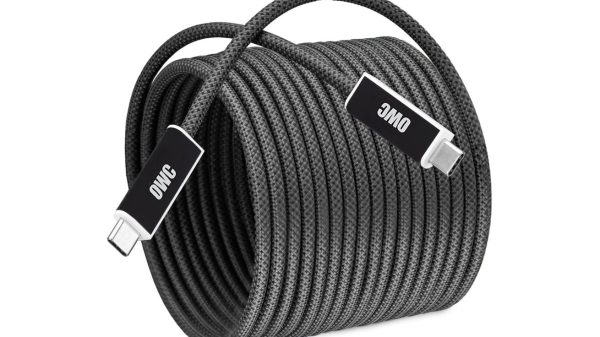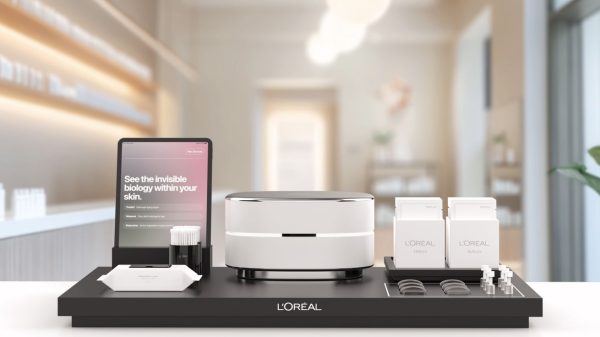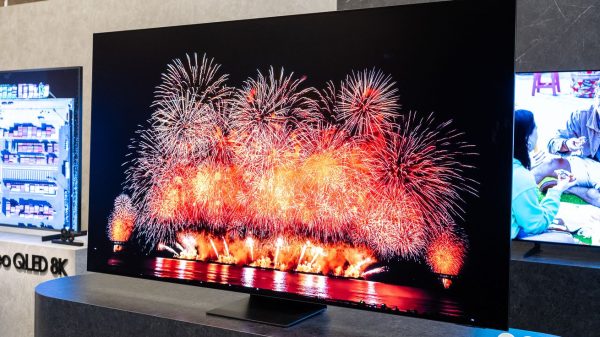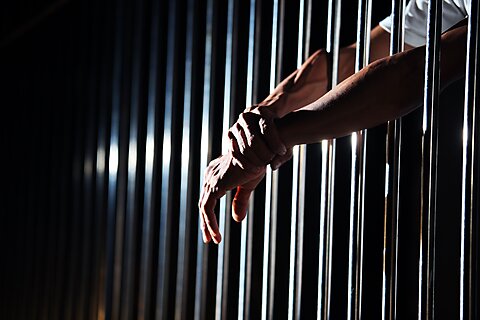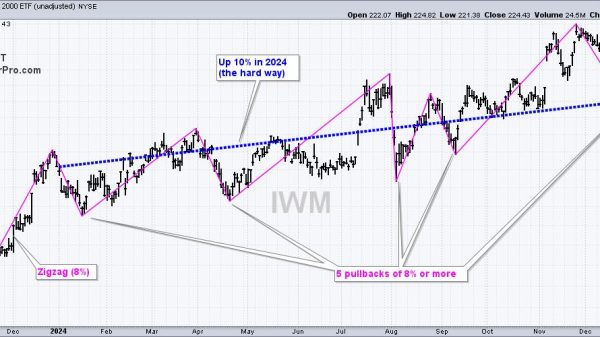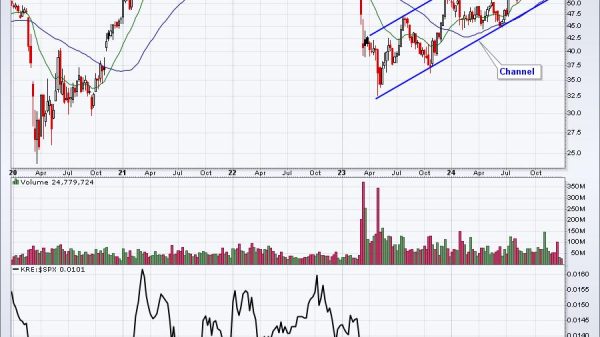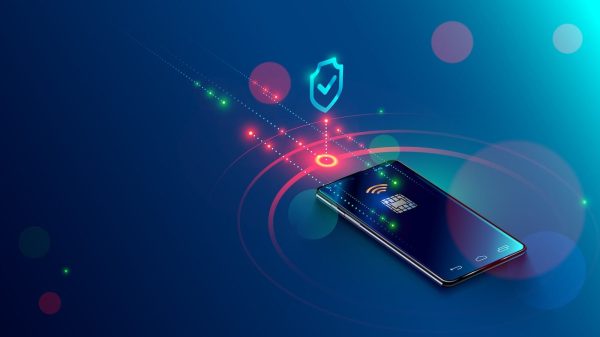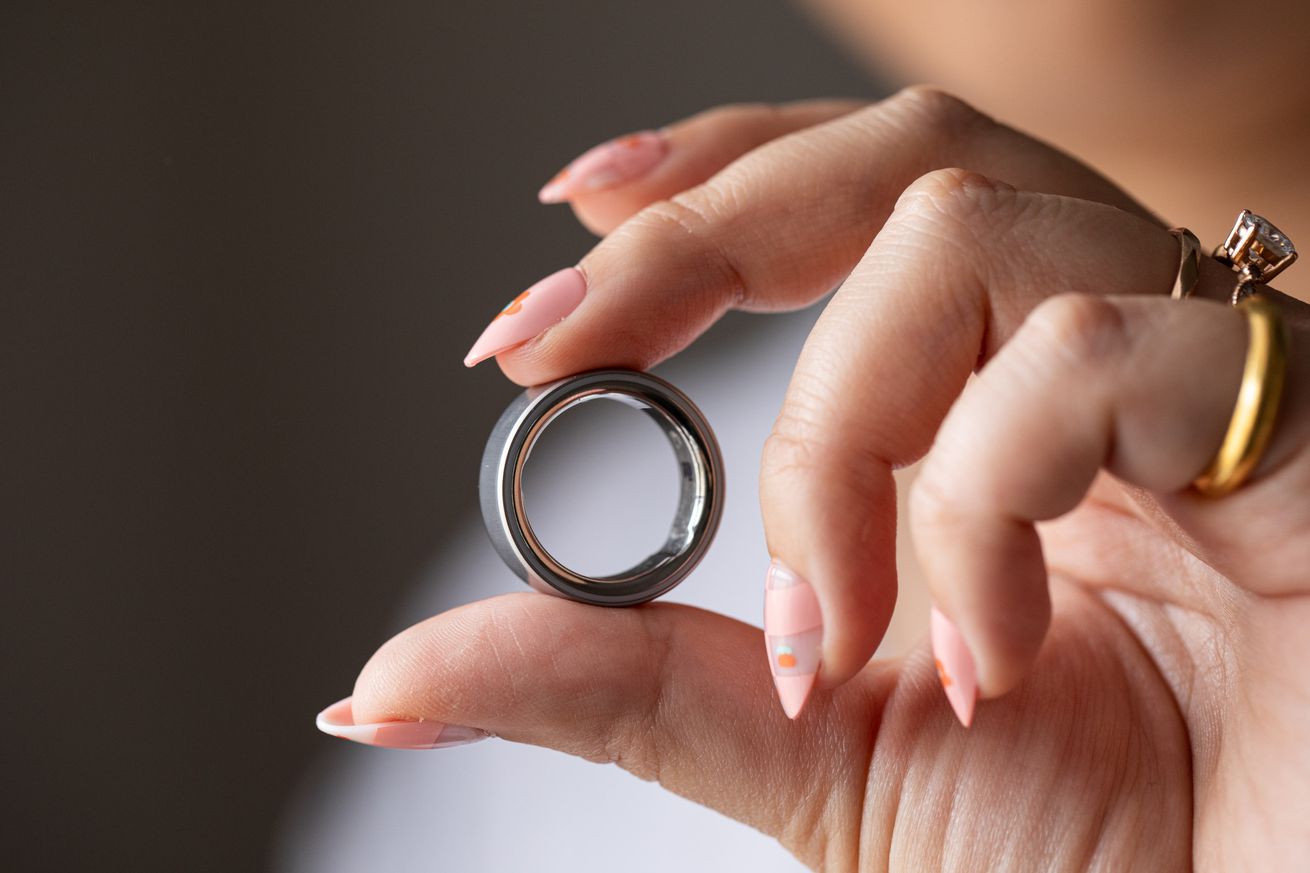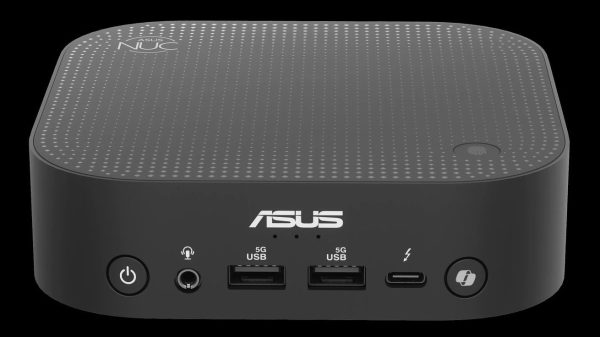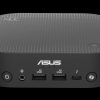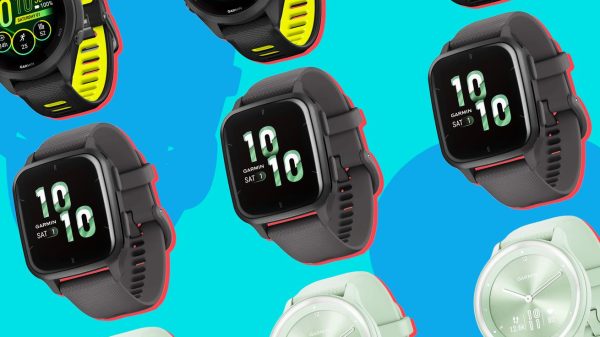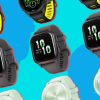
At the height of the covid-19 pandemic, many wearable companies rushed to see if their devices could detect early signs of the disease. Now, four years later, Oura is officially launching a feature that can flag when you may be coming down with a respiratory illness.
Technically, Symptom Radar isn’t diagnostic in nature — though its development does have roots in Oura’s illness prediction research during the pandemic. It can’t tell you if you’re catching a cold or the flu versus covid-19. Instead, it’s more of an “illness warning light” that flags when your body is showing early signs that something’s up.
“What we saw through all of the research and science that we’ve done is that your physiology actually starts changing a day or two before you start feeling symptoms,” Shyamal Patel, Oura’s head of science, tells The Verge. From there, the idea is to take precautionary measures.
/cdn.vox-cdn.com/uploads/chorus_asset/file/25774000/symptom_radar_app_2__2_.png)
Image: Oura
Essentially, Symptom Radar works by evaluating metrics like resting heart rate, heart rate variability, temperature trends, and breathing rate to detect significant changes from your long-term baselines. When users sync their data in the morning, they’ll be notified if no signs, minor signs, or major signs of strain related to respiratory symptoms have been identified. In the case of minor or major signs, the Oura app will encourage users to turn on Rest Mode and take steps to prioritize rest.
Symptom Radar was actually introduced as a beta feature in April through Oura’s recently launched Labs program for experimental features. Patel says that’s been a valuable part of developing the feature for prime time. On the one hand, the Oura team was able to develop a new algorithm based on a much bigger data set. Even so, Patel acknowledged that the algorithm isn’t 100 percent accurate and that false positives and negatives were possible; Oura didn’t provide specific accuracy data.
Beta users also noted that they actually wanted to be notified when symptoms weren’t detected. Given that, Patel says the official version of Symptom Radar will now include a historical graph so that people can see how their health is trending over time.
“It will also be interesting to see how [people] recover from [illnesses]. That’s where I see some interesting things that we could kind of evolve towards,” Patel says. He notes that aside from flagging illness, Symptom Radar could be a useful tool in helping people identify what factors help in recovering from illnesses faster.
Symptom Radar will be available to all Oura Ring Gen 3 and Oura Ring 4 users by Monday, December 9th.


